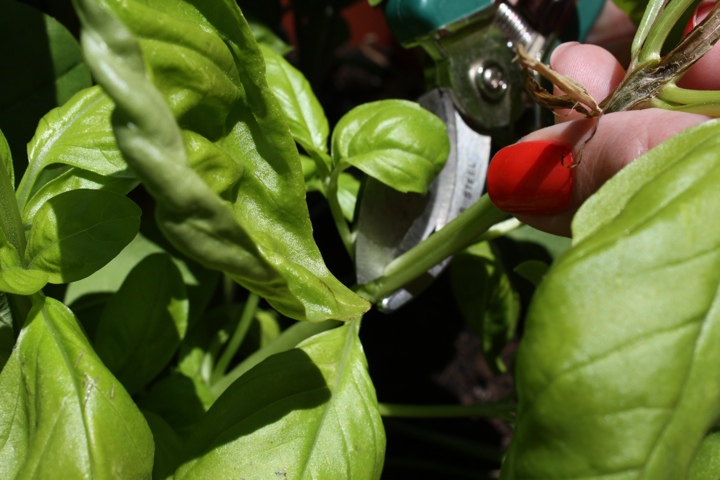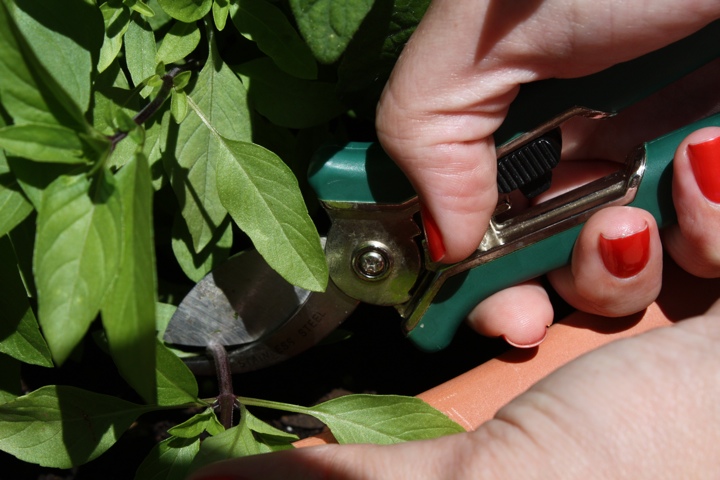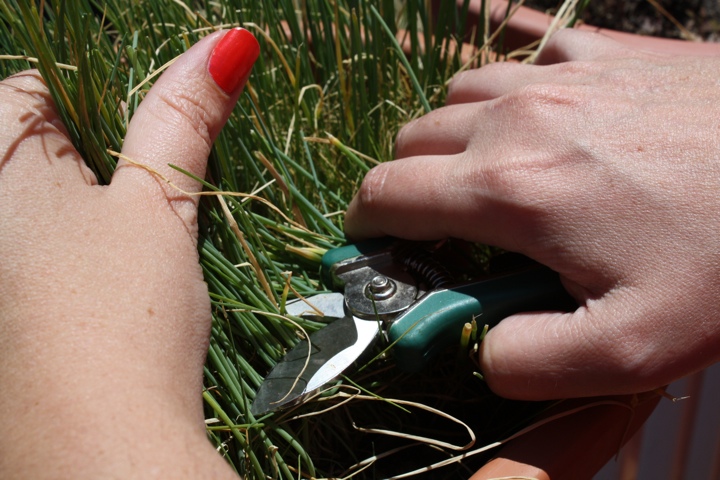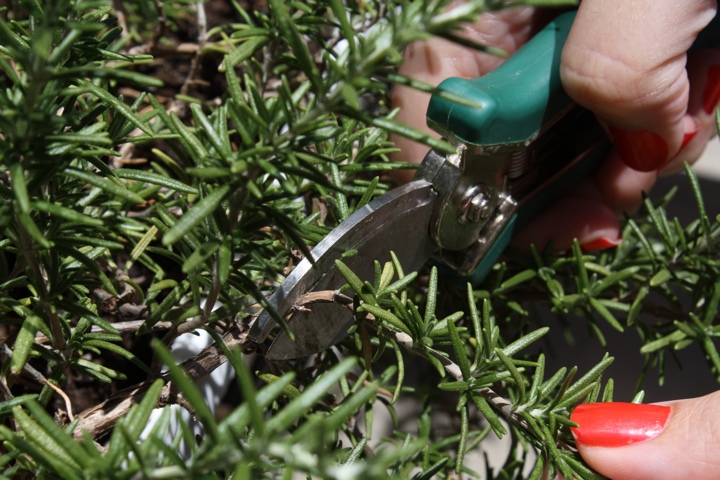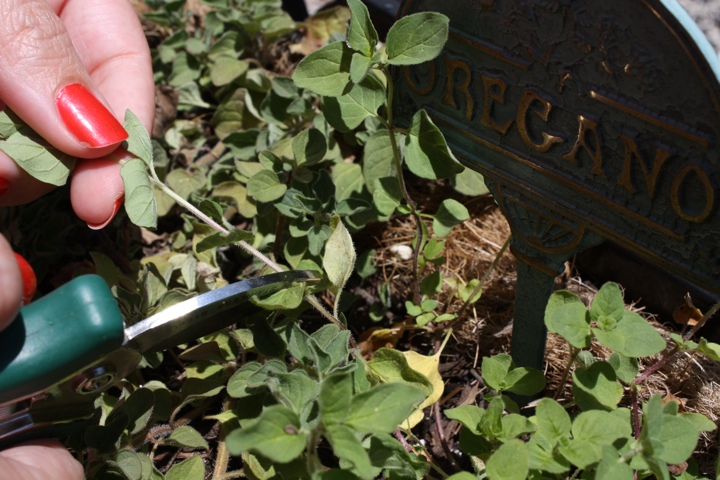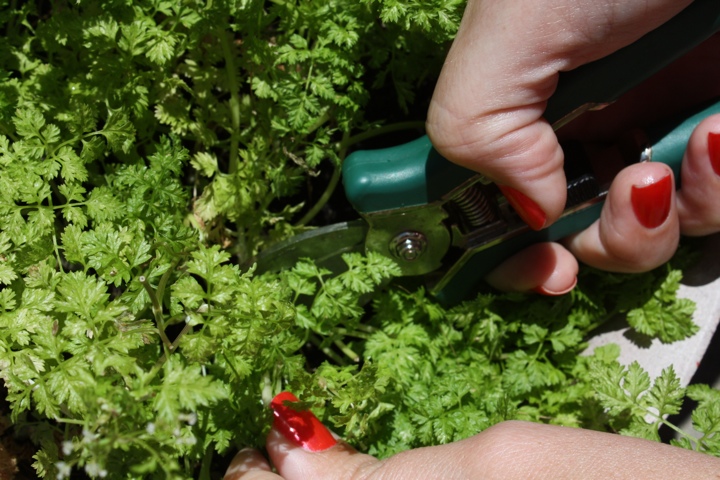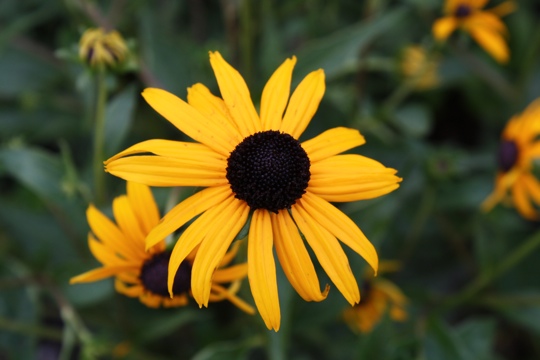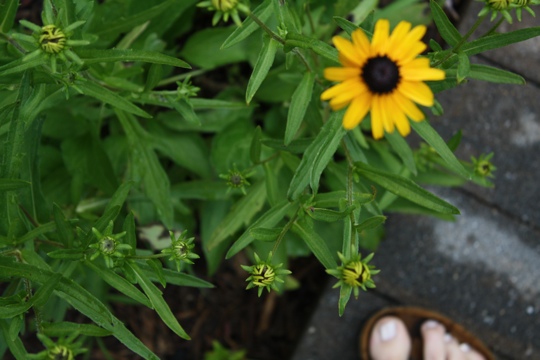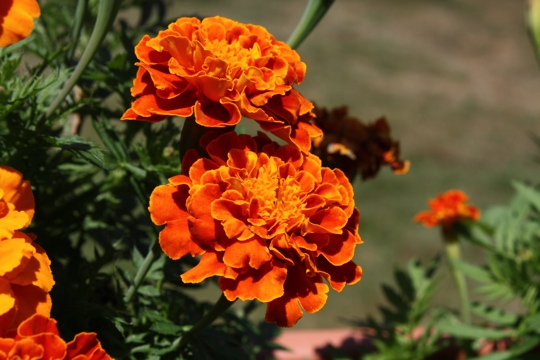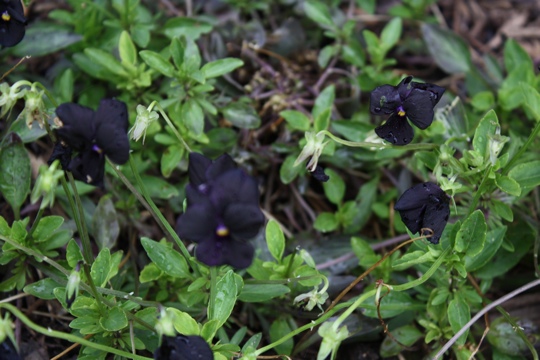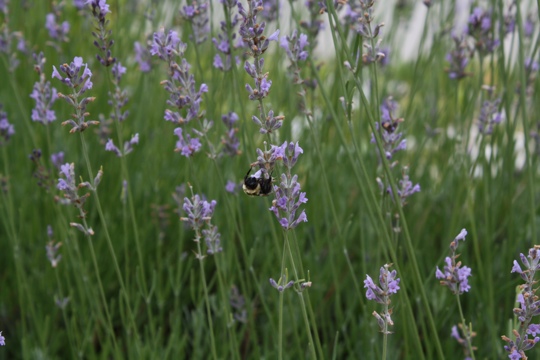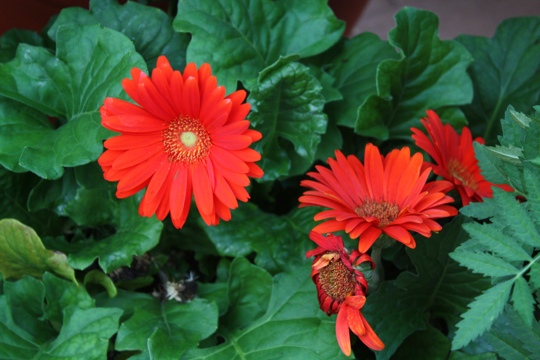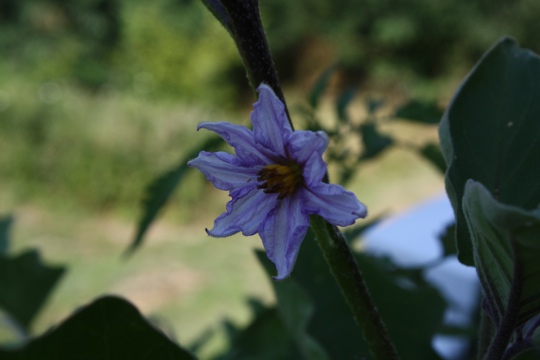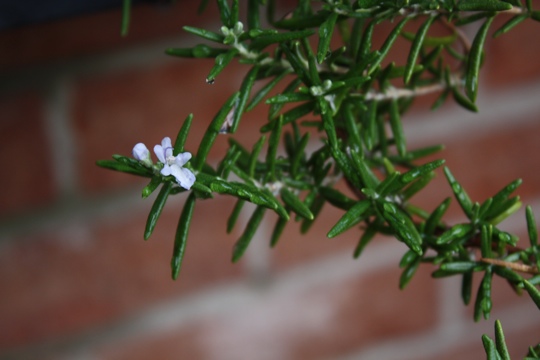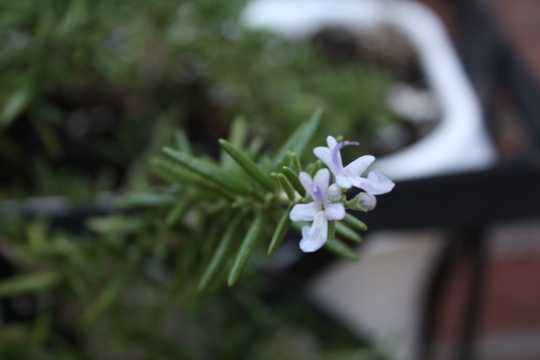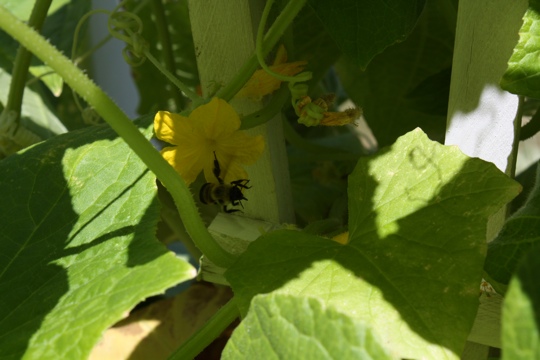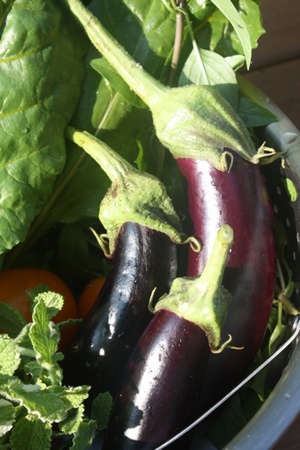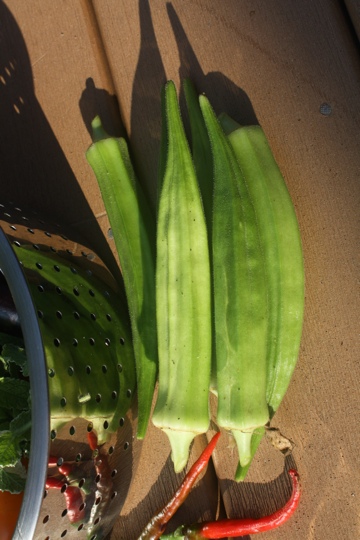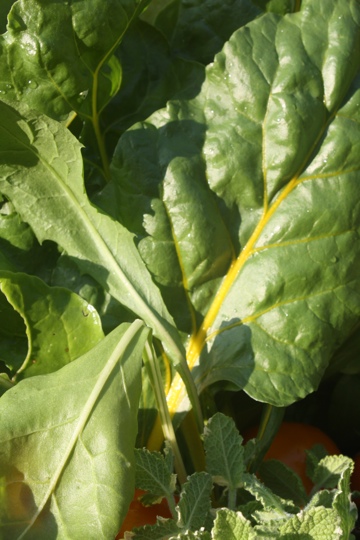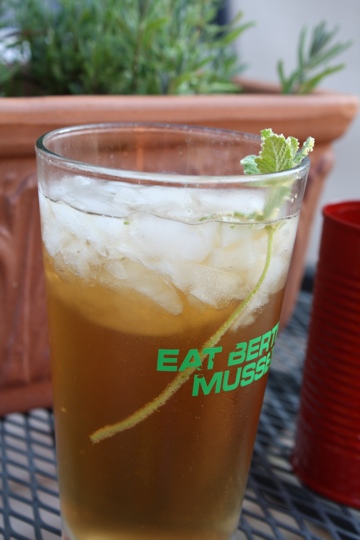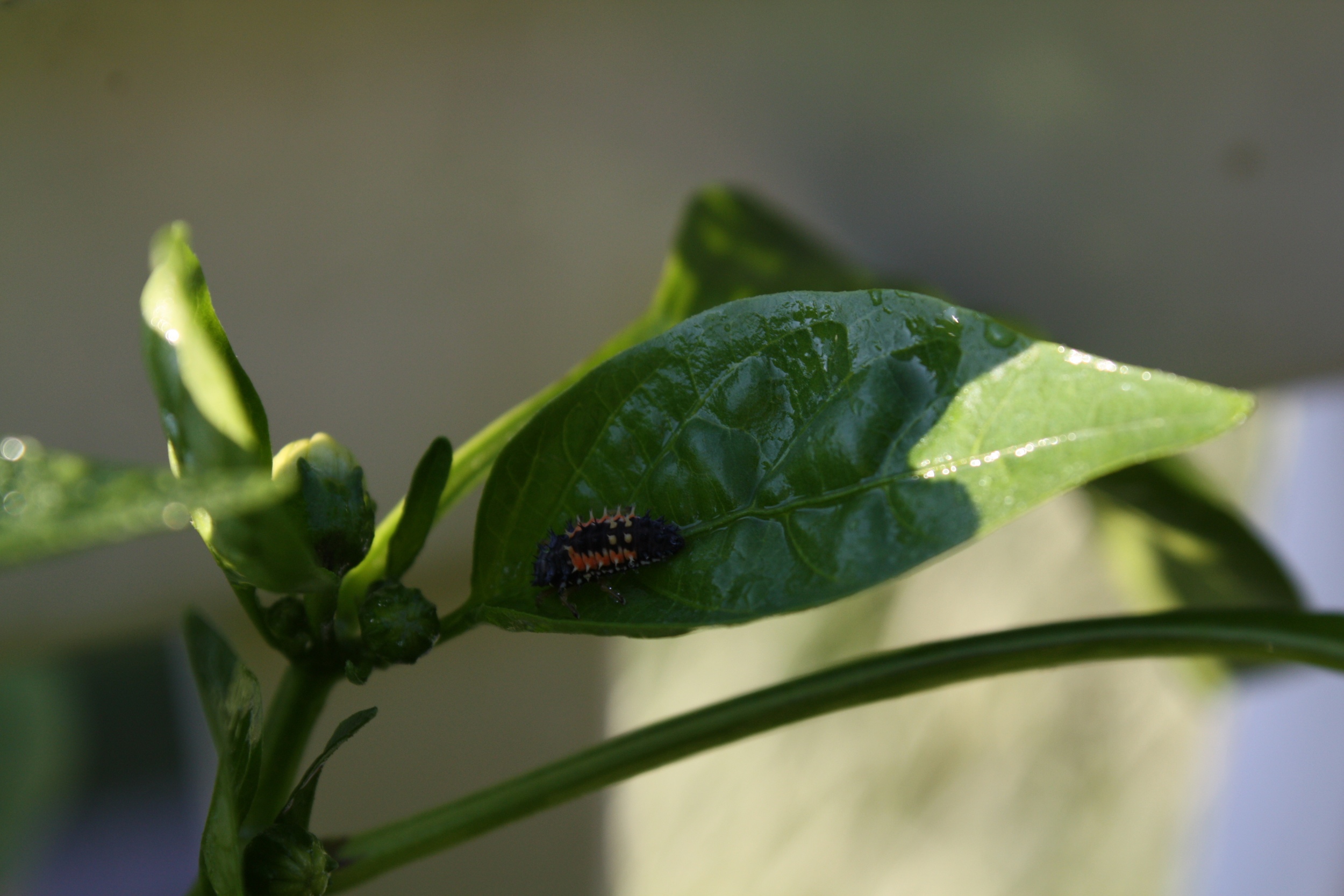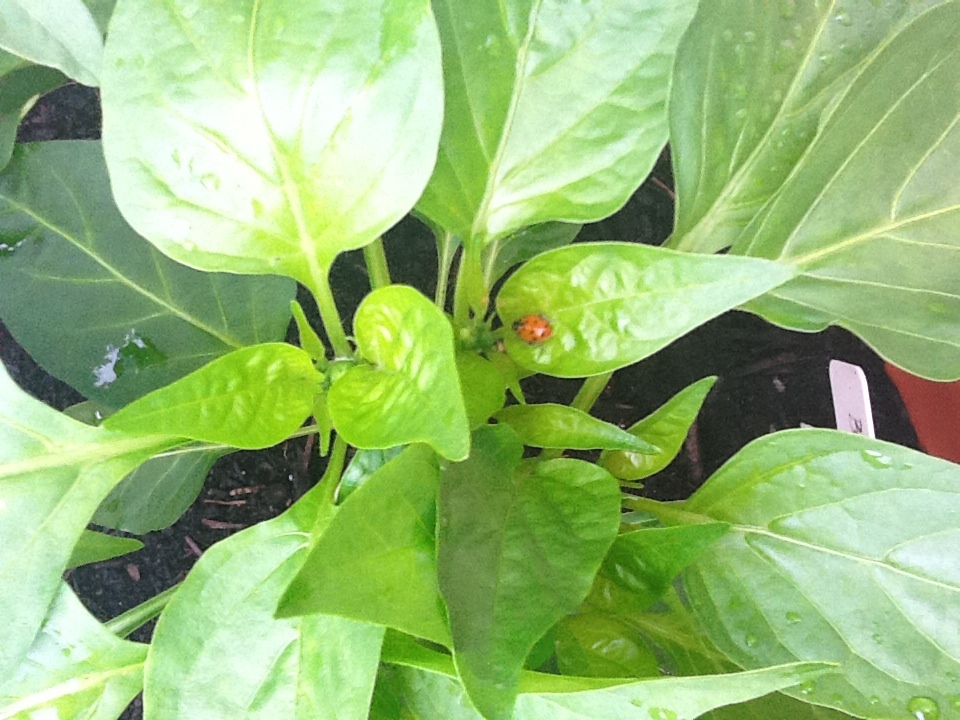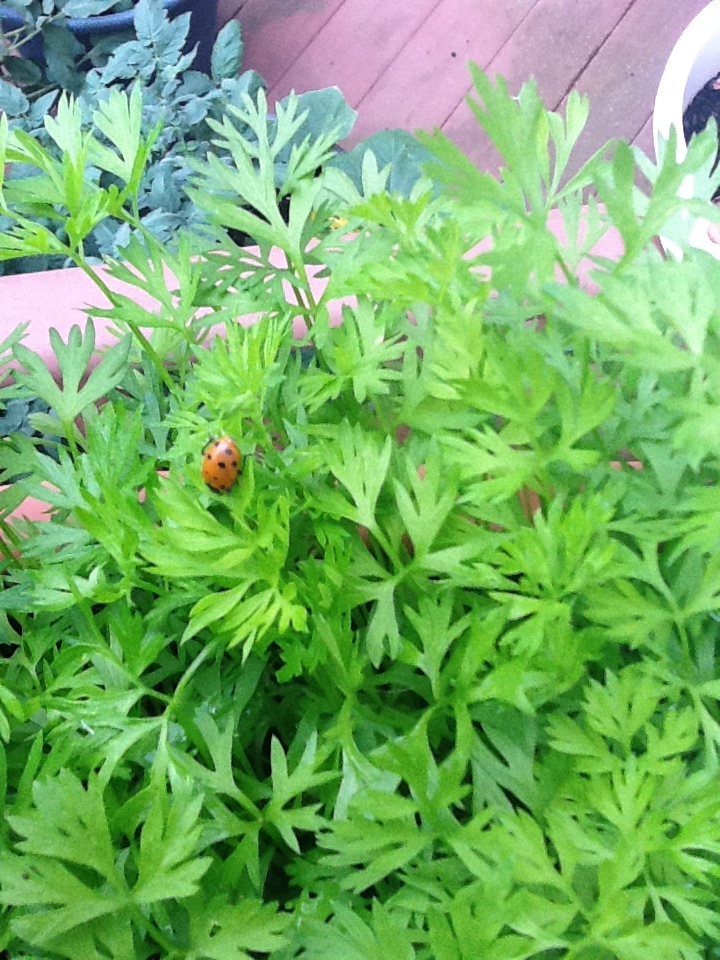This year I joined my first CSA. CSA is Community Supported Agriculture. Depending on the farm, you buy either a half or whole share during the winter, and that money goes to buying seeds, soil amendments and general farm needs. Most CSAs begin in late spring, mine started in June this year and it runs through the fall. Each Friday, I drive out to Gorman Farm and pick up my share of the fresh vegetables. Gorman Farm's CSA is a little different, instead of pre-portioning your share, they post what you can choose on their chalk board. Often times you can mix and choose a variety of items.
This year Gorman Farm is also offering fruit, honey and baked goods from local purveyors. For those past the CSA deadlines, check with your local CSA to find one that also operates a farm stand, or sells at farmers markets, so you can meet the farmers and see if it's a good fit for you. That's how I found Gorman Farm last year. My family is able to eat locally, affordably, and there is nothing better than watching a 3-year-old absorb the magnitude of a farm tractor!
So far I've had 5 CSA pick-ups. We've feasted on kale, lettuce, snow peas, cabbage, kohlrabi, broccoli, scallions, various squash, garlic, green beans, cucumbers, onions yellow watermelon & chard. Recipes are coming soon!
Here's a look at what I picked up this week:
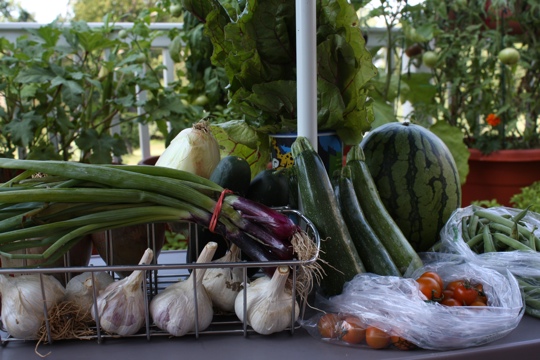
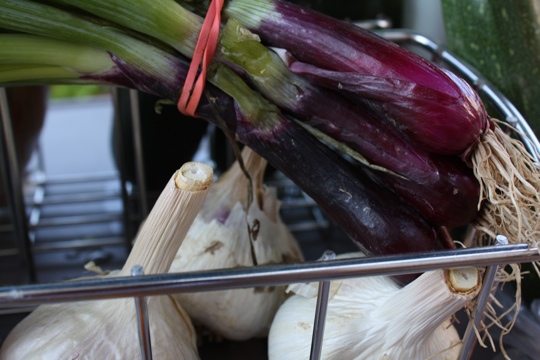
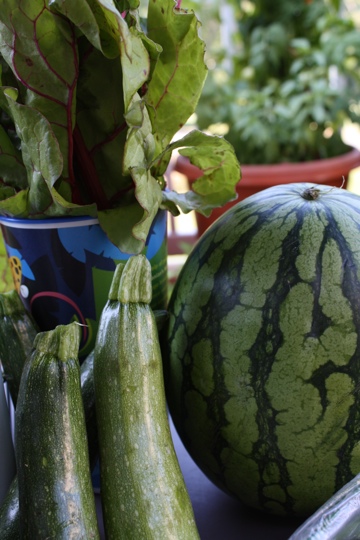
To find out more, visit Gorman Farm's website.
To find out more about CSAs in your neck of the woods check out LocalHarvest.org.
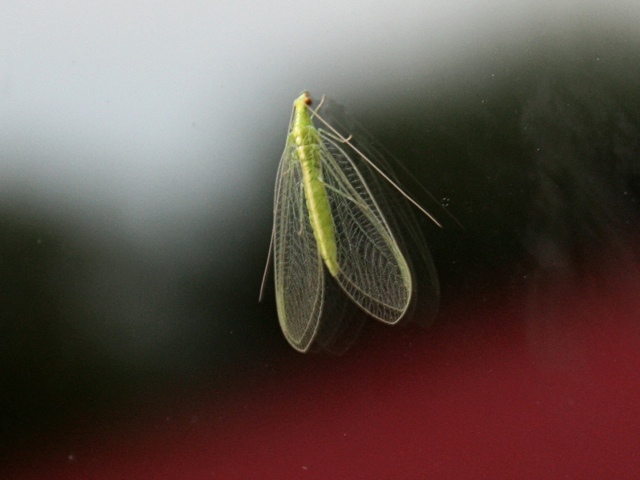
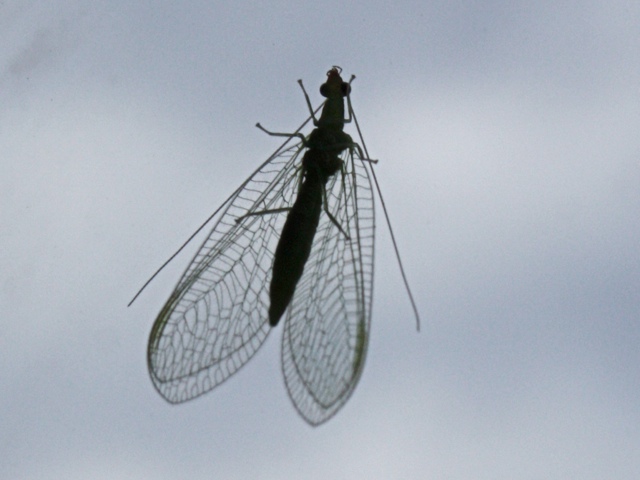 Lacewing larvae are known as aphid lions, eating up to 100 aphids in a day. Fingers are crossed in the hopes that this lacewing had time to lay some eggs in the tomato and pepper plants before she flew away!
Lacewing larvae are known as aphid lions, eating up to 100 aphids in a day. Fingers are crossed in the hopes that this lacewing had time to lay some eggs in the tomato and pepper plants before she flew away!